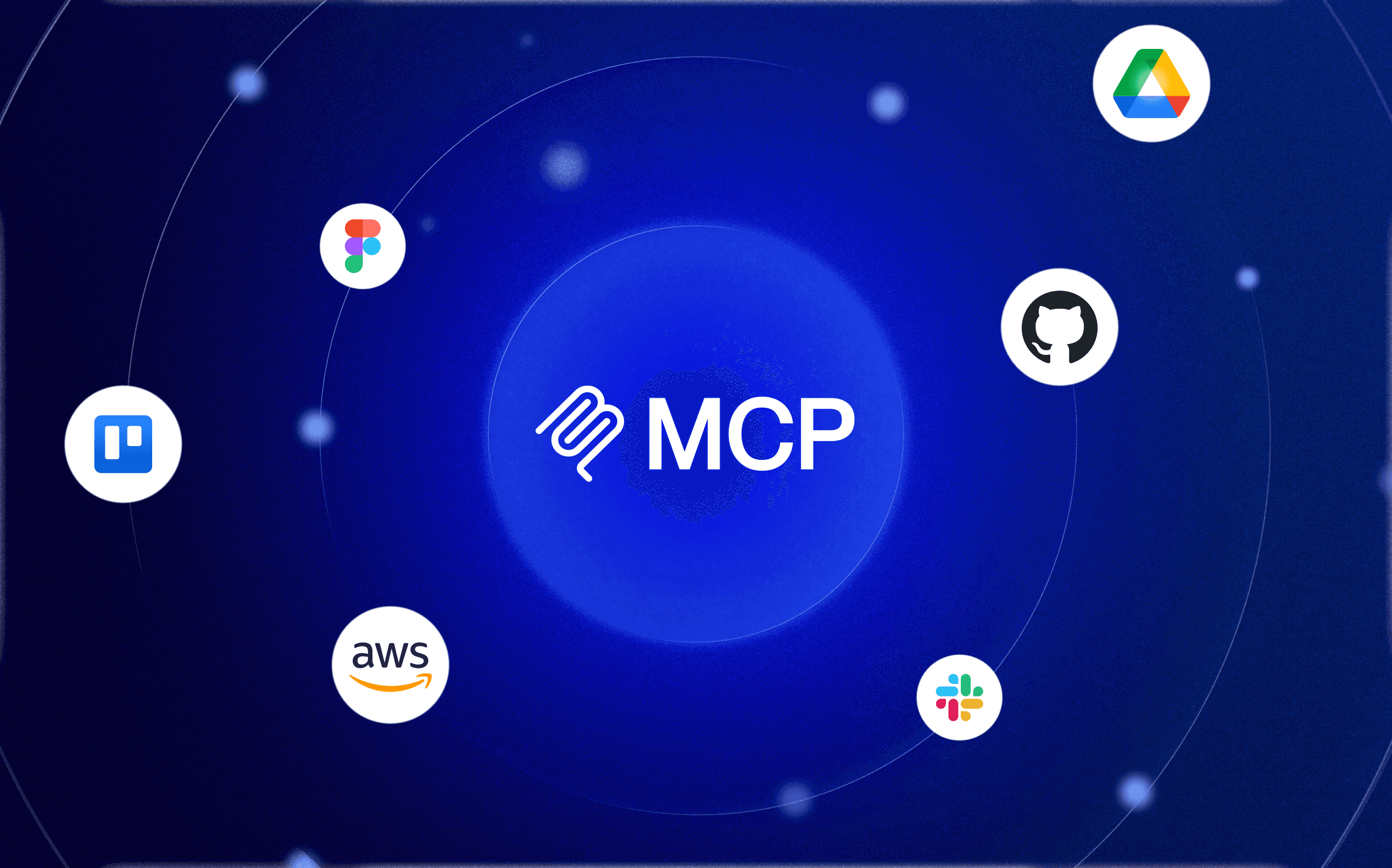Takeover of Unify by Reworld: How to improve your writing with data

Digital media are in perpetual competition to capture the attention of their readers in a competitive and constantly changing market. This battle for attention is at the heart of journalism and its role in informing the public.
As the acquisition of the Unify group by Reworld shows us, the adoption of best practices around data is no longer a "nice-to-have" and the media that ignore the subject risk losing their independence.
Integrating statistics into the heart of the editorial
The idea of integrating analytics at the heart of editorial decisions and global strategy started with American startups like Gawker, Huffington Post and Buzzfeed more than a decade ago. Faced with these new aggressive players and the increasingly important place of search engines, “historic” newsrooms are adopting editorial analytics such as the New York Times, the Wall Street Journal in the US and the Guardian in the UK. French newsrooms, hitherto protected by the language barrier, have been less endangered by these innovations and are beginning to follow the trend. However, these changes are often too slow and endanger the business model of the media.
“It is essential to adopt a highly personalized method because there is no perfect or universal approach.”
From large newsrooms like the Guardian to smaller ones like Quartz, there are a variety of approaches from the most pragmatic to the most ambitious as well as numerous sources of data to help with day-to-day optimizations or long-term strategy. In all cases, the purpose of personalization is to optimize the main metrics of the company. The definition of these metrics is therefore central to the success of the adoption of editorial analytics.
Integrating data is not synonymous with lower editorial quality
The real-time optimization of the content or organization of websites or mobile applications pursues the desire to create quality content that can attract a more engaged audience in the long term. As the NYT or the Guardian show, integrating data into editorial decisions is not synonymous with compromising content quality.
Extracting all the value from the data, a multidisciplinary approach
To extract the full value of data, the best newsrooms work on three dimensions: teams, culture and tools. It is on this model that BeTomorrow structures its approach. We adopt an iterative method that allows the editorial staff and support teams to progress incrementally.
Leaders form dedicated multidisciplinary teams (product, marketing, editorial) and provide them with the most appropriate tools. They encourage a culture of experimentation and innovation in order to achieve editorial goals.
Culture, team and tools are all three pillars of an effective data strategy.
For example, the Financial Times has created an audience engagement strategy designed to bring qualified traffic to the site and optimize the engagement of this audience on and off the site. The result of this strategy is a transition from a historical paper culture, where articles are sent at the end of the day, to content creation based on audience behavior. Articles are adapted and sent during peak traffic. This change requires involving data and SEO experts in the editorial staff, and providing audience data to journalistic tools such as the CMS.
“The data never tells the whole story. It must always be guided by the editorial expertise of the editorial staff”
BeTomorrow advises a strategy where data informs decisions and helps achieve overall objectives without ever losing sight of the human and editorial values of the editorial staff.
Identify the Symptoms of Mid-Level Writing
Data is widely available in intermediary companies. Leaders are differentiated by their ability to learn and make decisions based on this data.
A mid-tier company typically has the following characteristics:
👉 Digital properties send a lot of data to different marketing, advertising and analytics tools (often dozens of tags on the home page).
👉 Data is collected in all directions without consolidation and without the ability to unify identity, rename or consolidate.
👉 Analysis capabilities allow you to understand what is happening in the product without being able to go into detail.
👉 Product, marketing and business teams have access to data but need analysts to learn real lessons.This creates a bottleneck that makes exploratory activities impossible.
Accelerate your data adoption to the expert level with BeTomorrow
Our intervention is done iteratively, starting with a democratization of access to data in all teams: marketing, product, publishers, business.
Teams are empowered to make data-driven decisions. They are led to understand what is happening in the product and the factors that influence these trends.
For example, at the intermediate level we can measure the average level of retention on an application opening. At the advanced level, we can isolate actions strongly correlated with retention, measure more precise retentions (reading content, for example) or even compare the actions of power users with casual users.
👉 Product teams need to measure and analyze in detail the success of delivered features, user behavior on the site to identify key engagement factors or even create and maintain cohorts based on user preferences.
👉 Marketing teams must be able to act in real time on engagement campaigns, analyze the success of push notifications, offer A/B tests and measure the impact of their campaigns on engagement and retention (not just the acquisition).
👉 Editorial teams must have a feedback loop on content performance. While keeping editorial freedom, it is crucial to understand which content and which formats engage readers the most and to know in real time when an article triggers a craze in order to be able to create in-depth articles on the subject.
Accelerating on data is accessible
The tools and methods are available and relatively simple to implement. What generally slows adoption is the culture and inertia of the technical teams when faced with a project that seems gargantuan. By adopting an iterative approach that allows you to quickly accumulate successes, you ensure rapid adoption of best practices.
If you would like an assessment of your team's level of maturity and a personalized action plan, contact me directly: https://marcallaire-betomorrow.youcanbook.me

